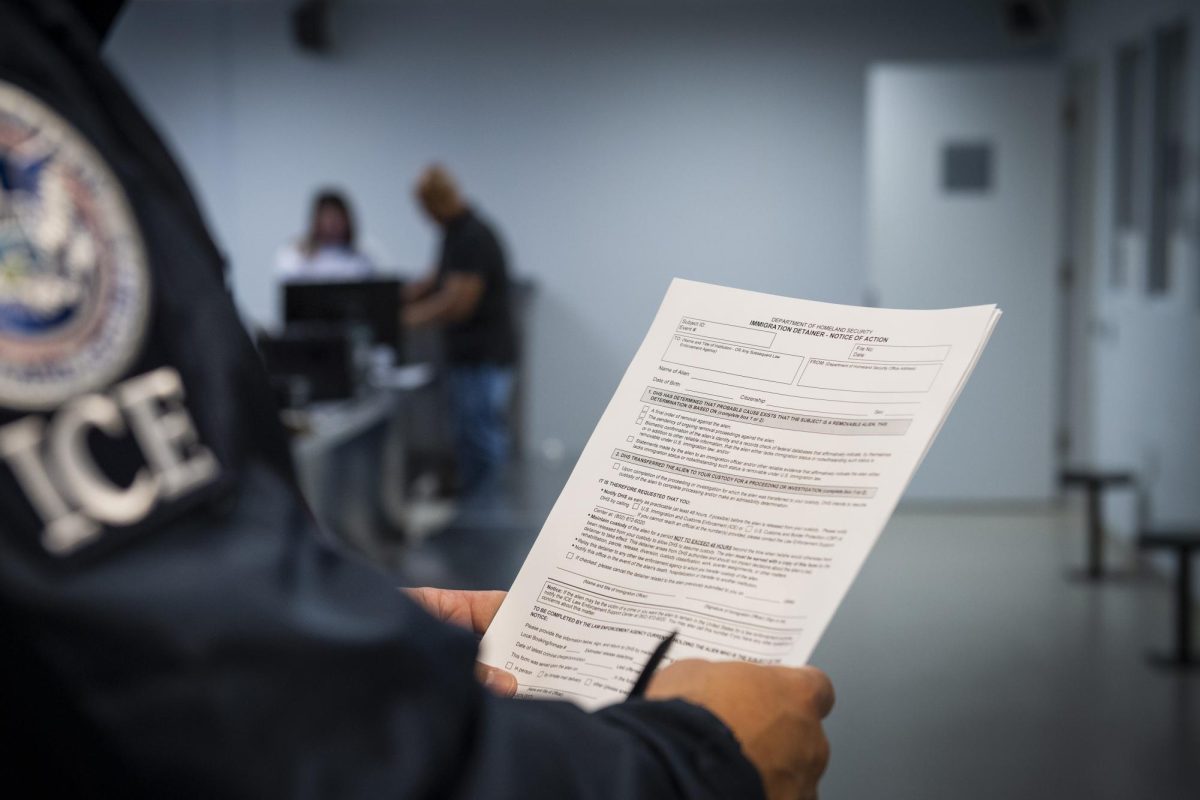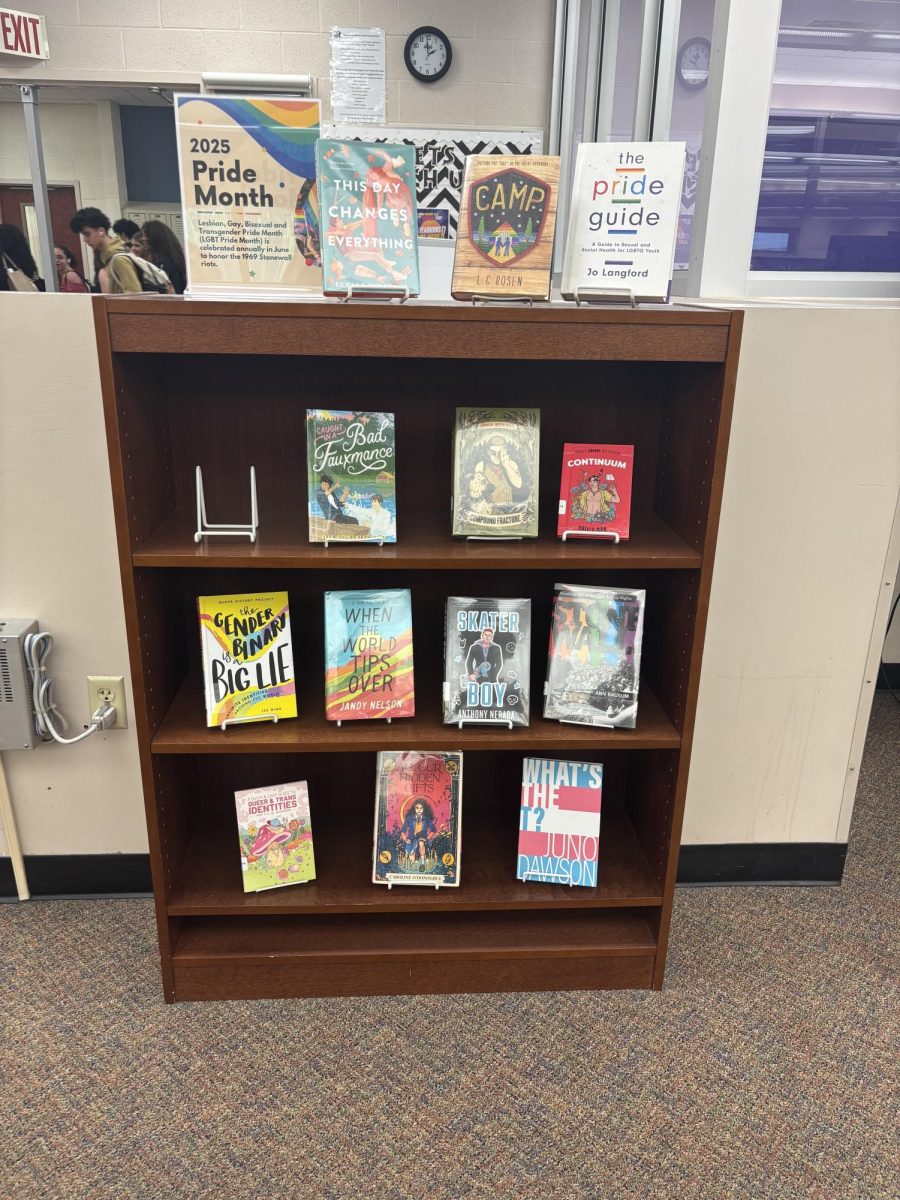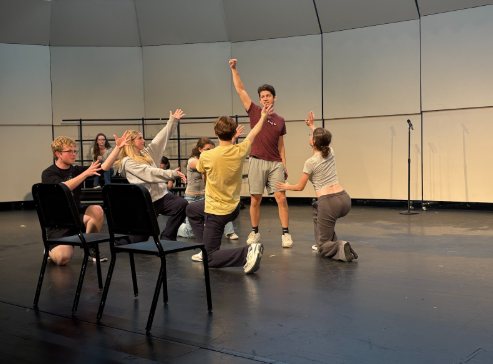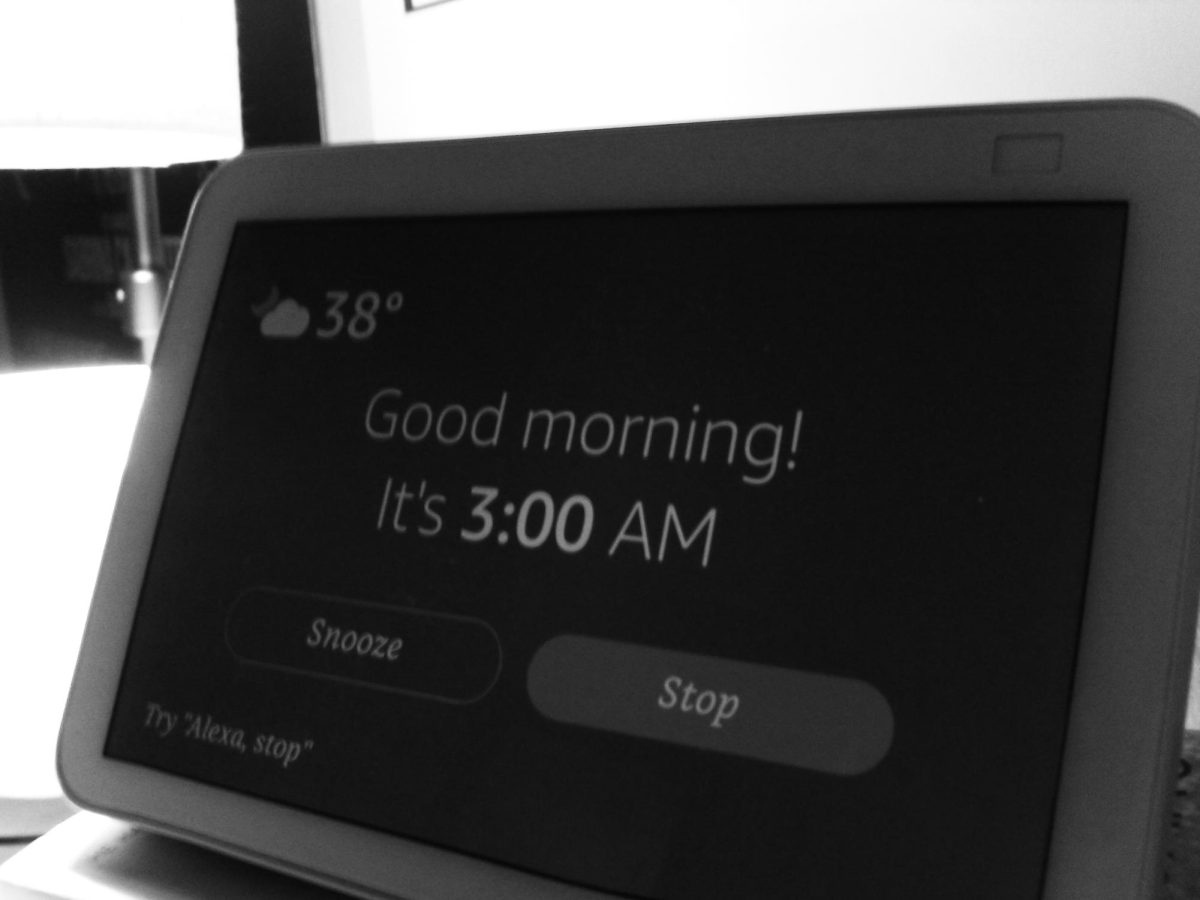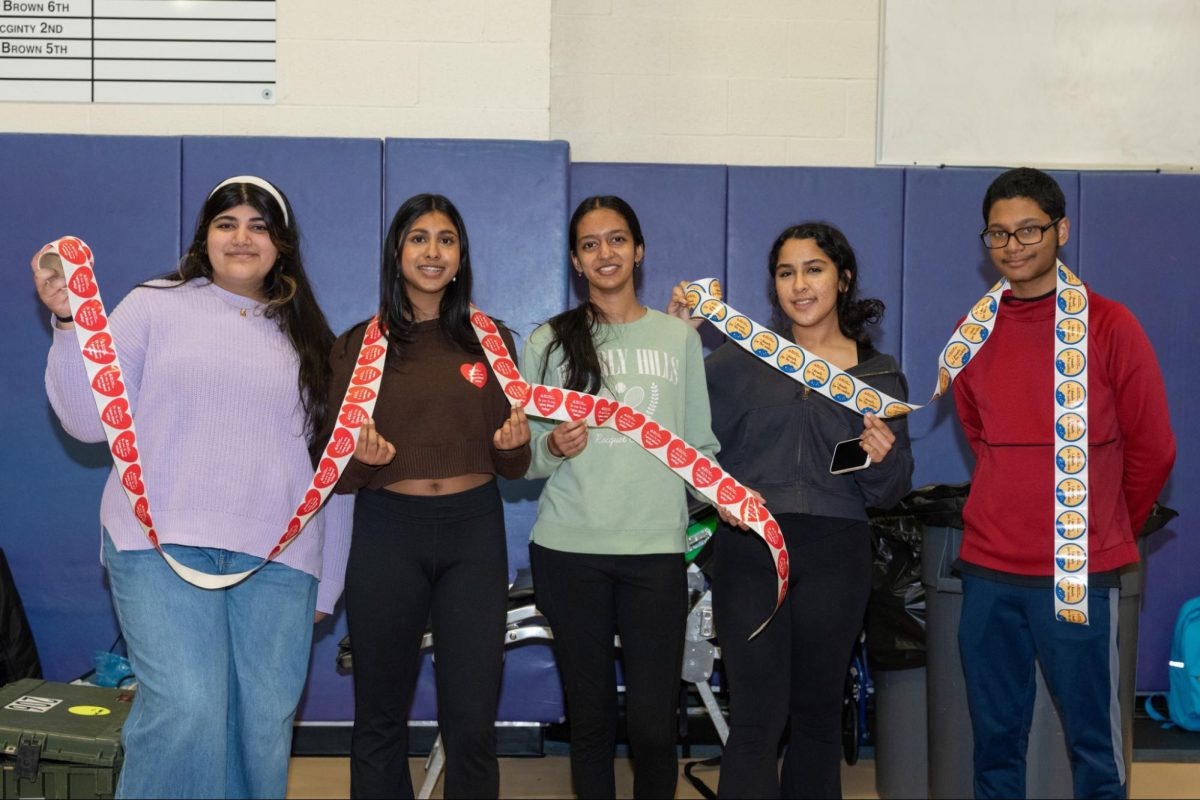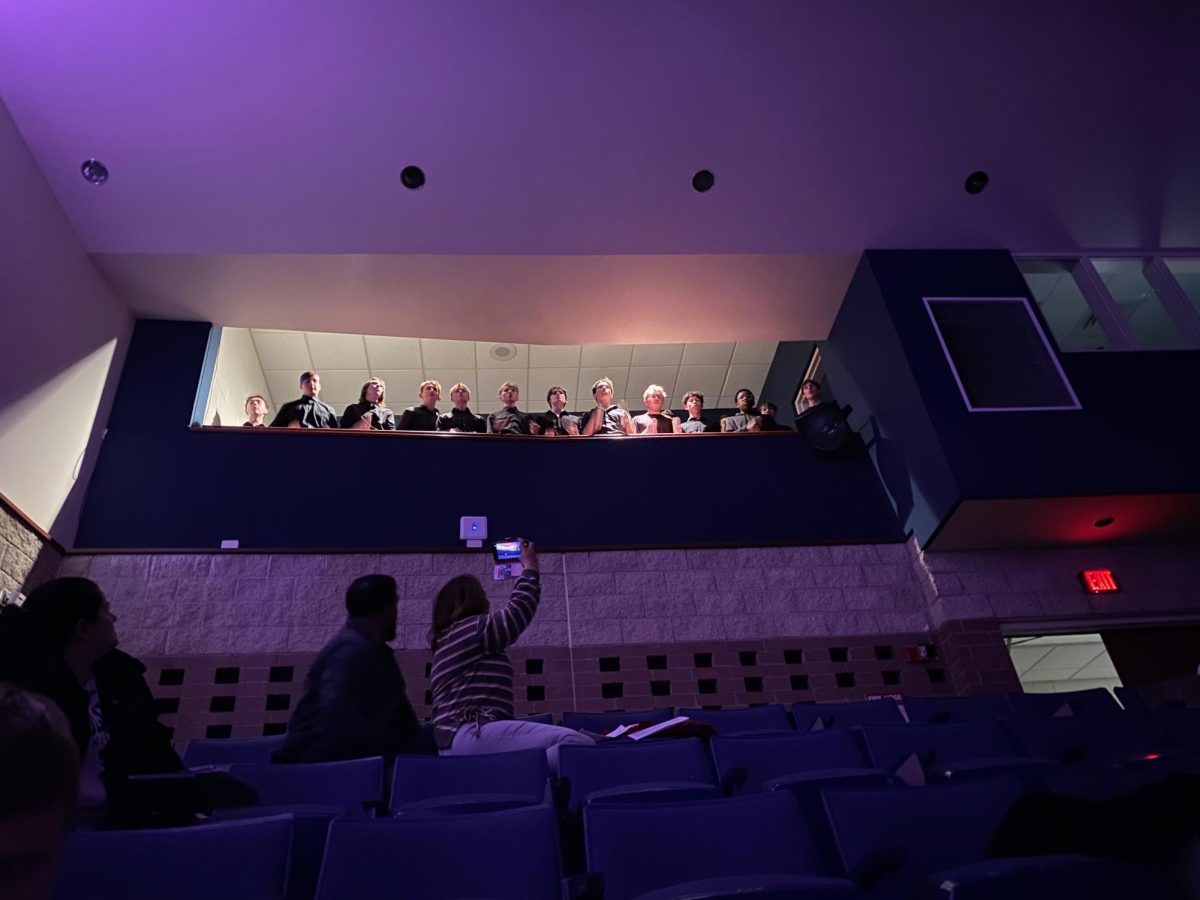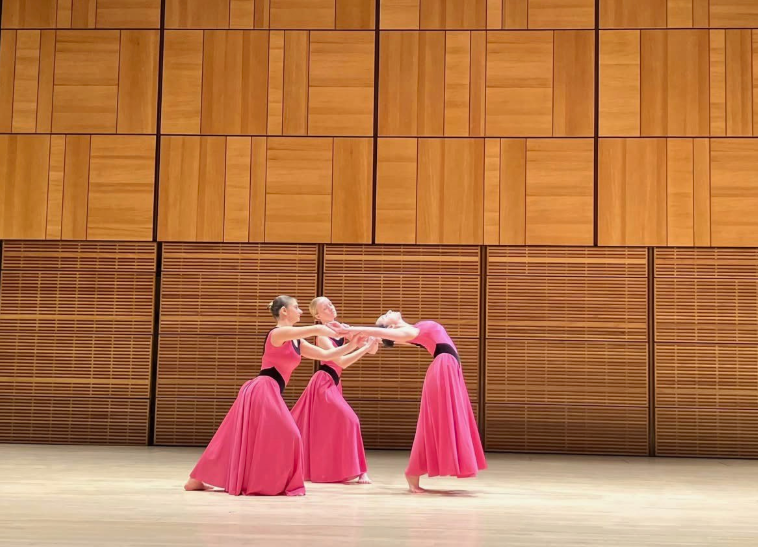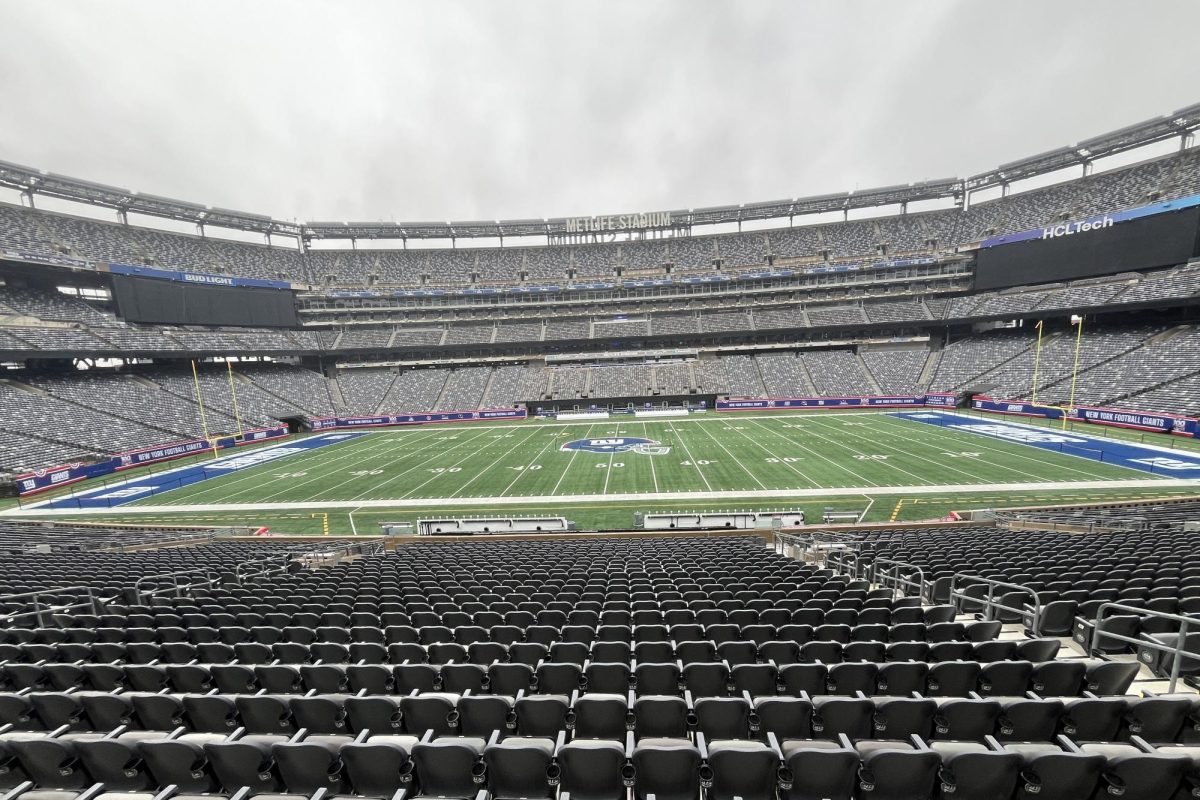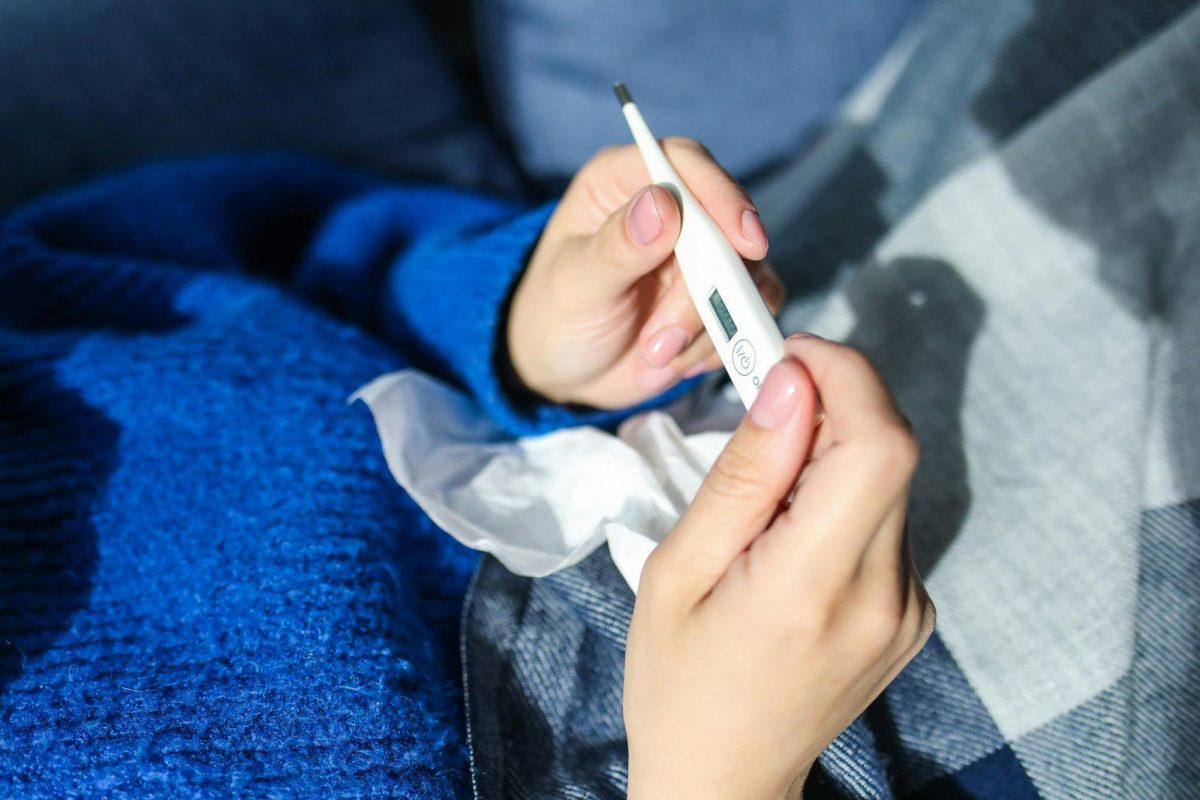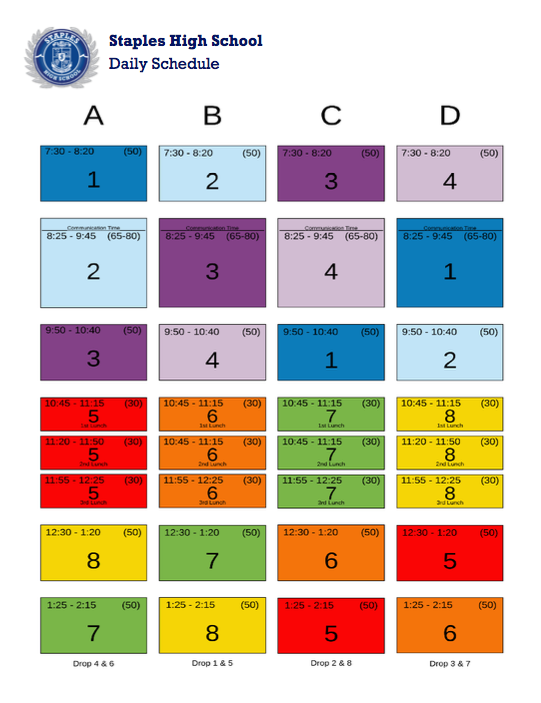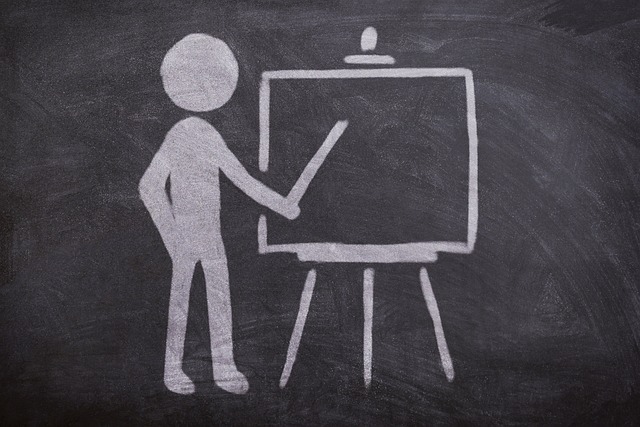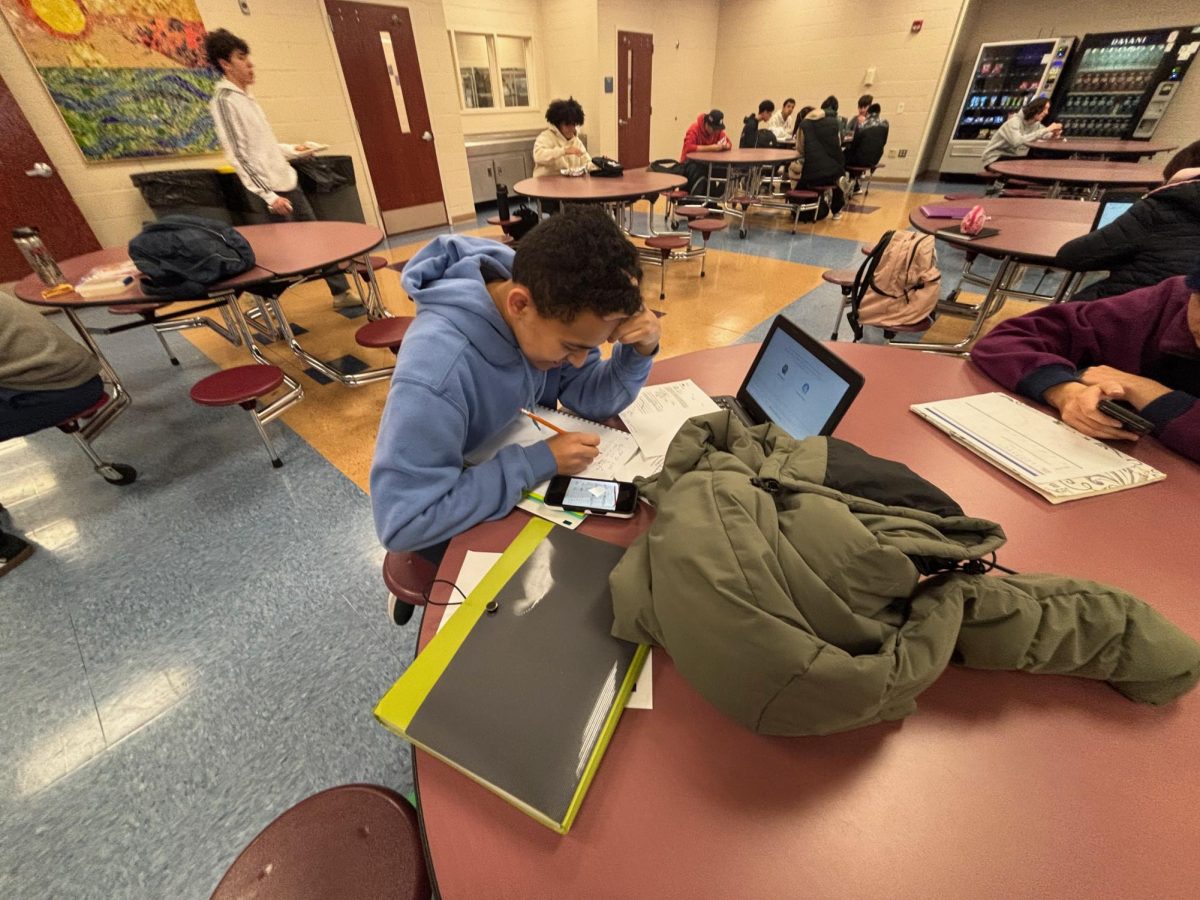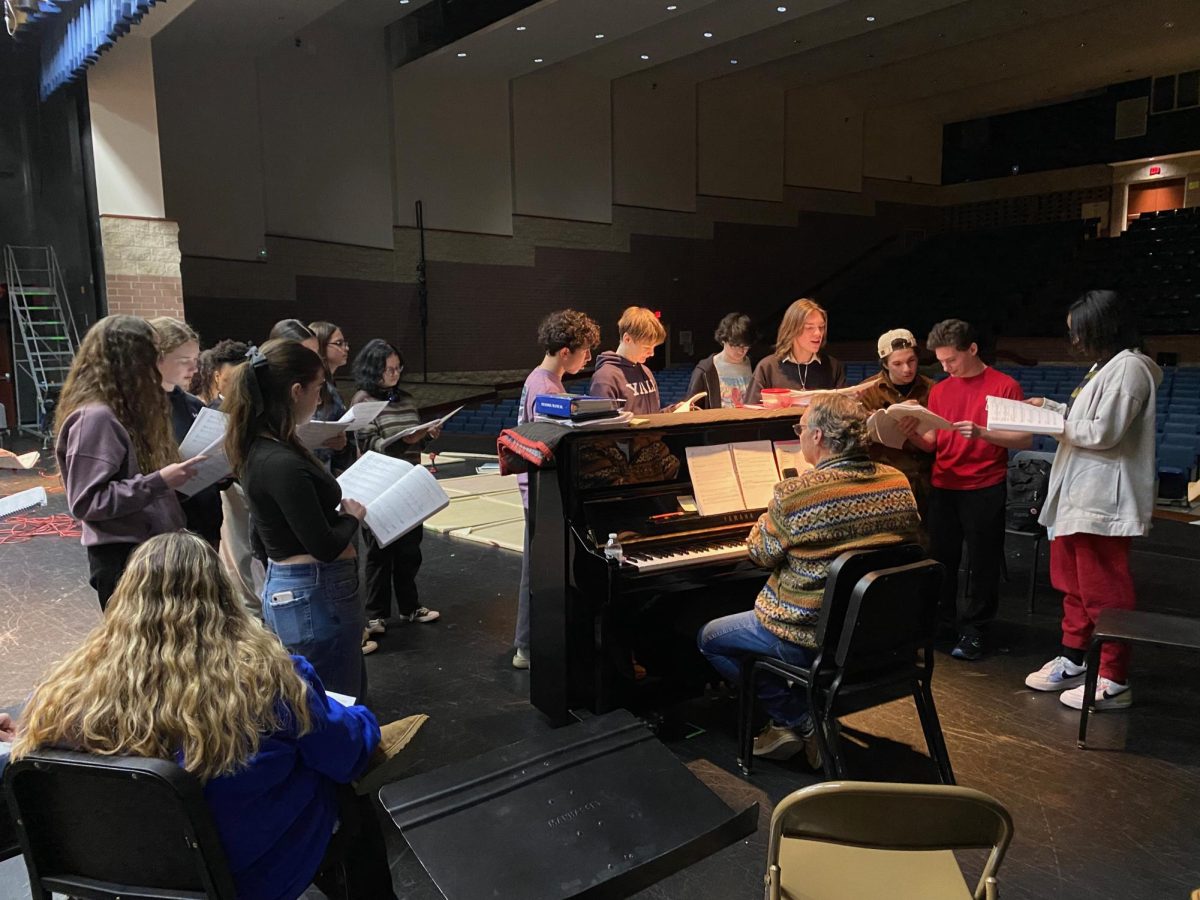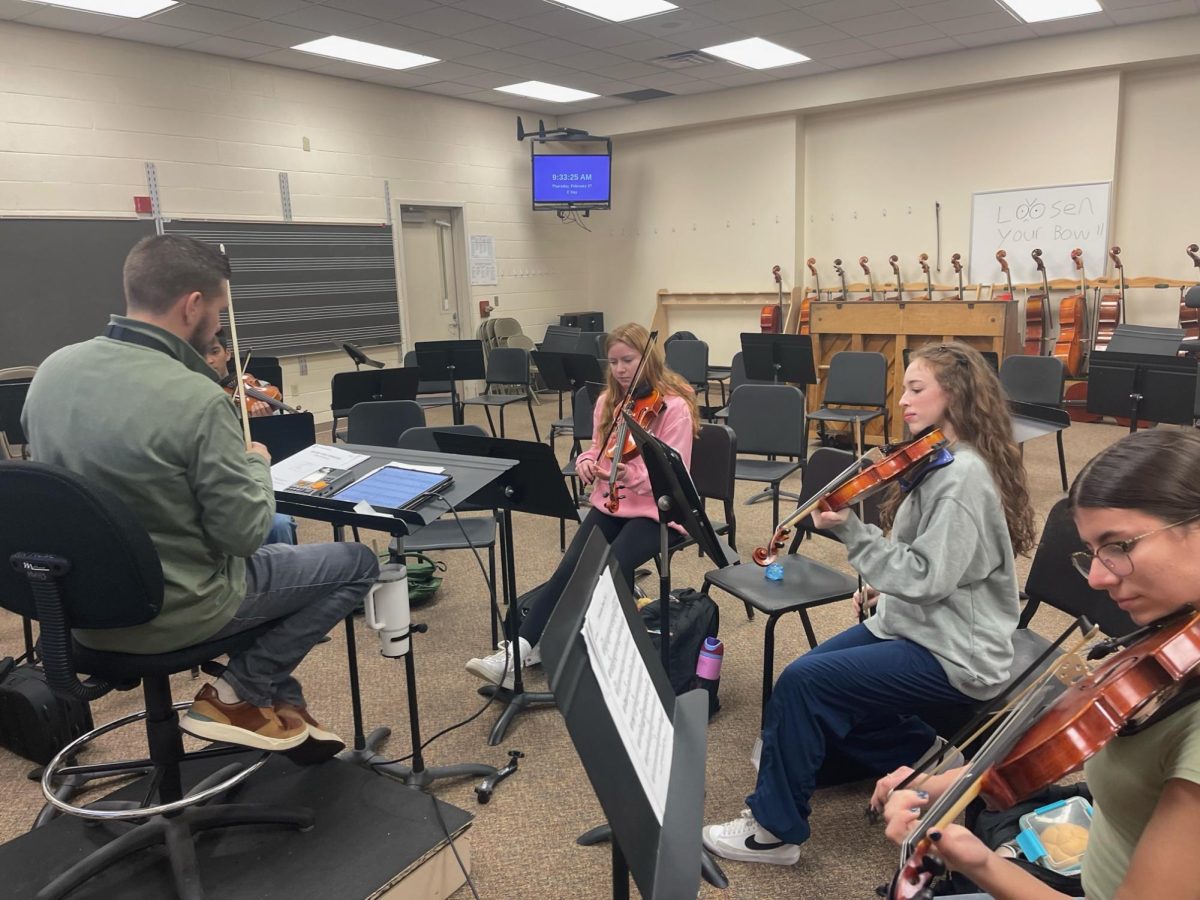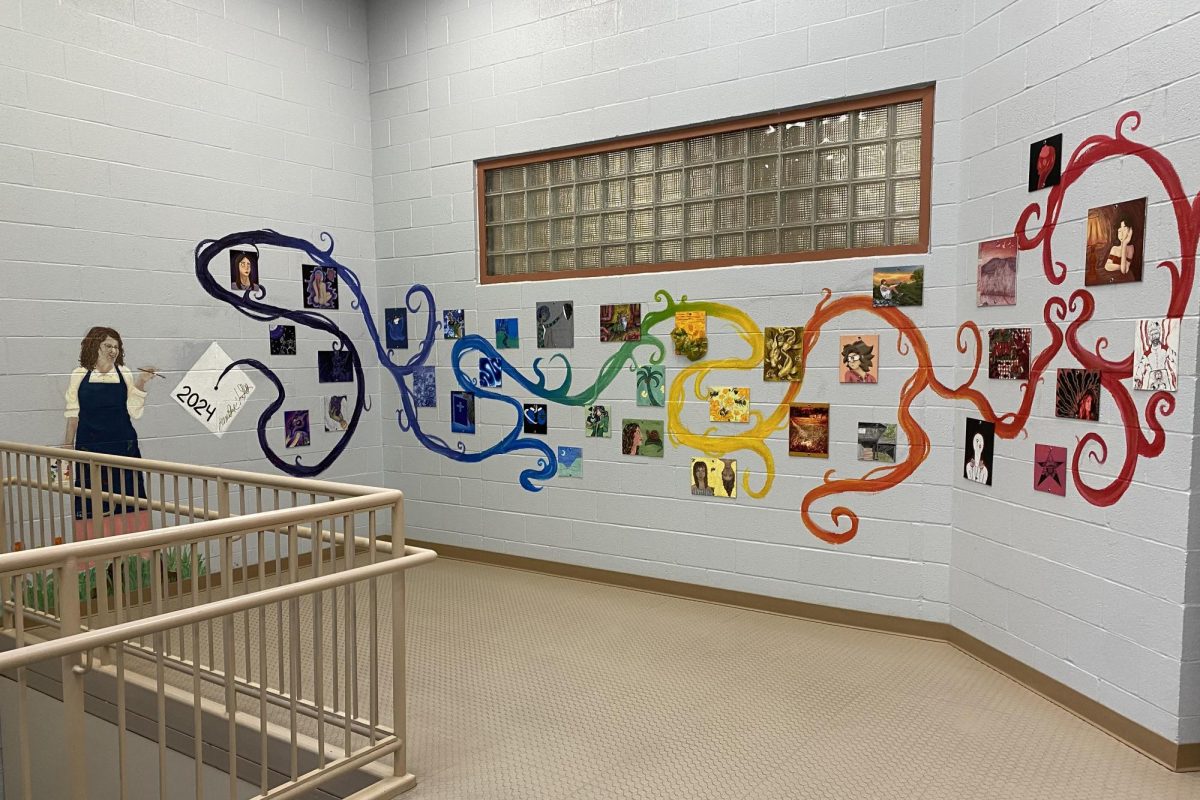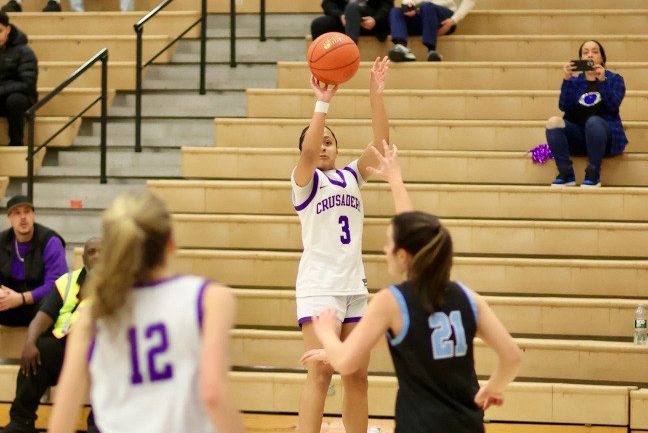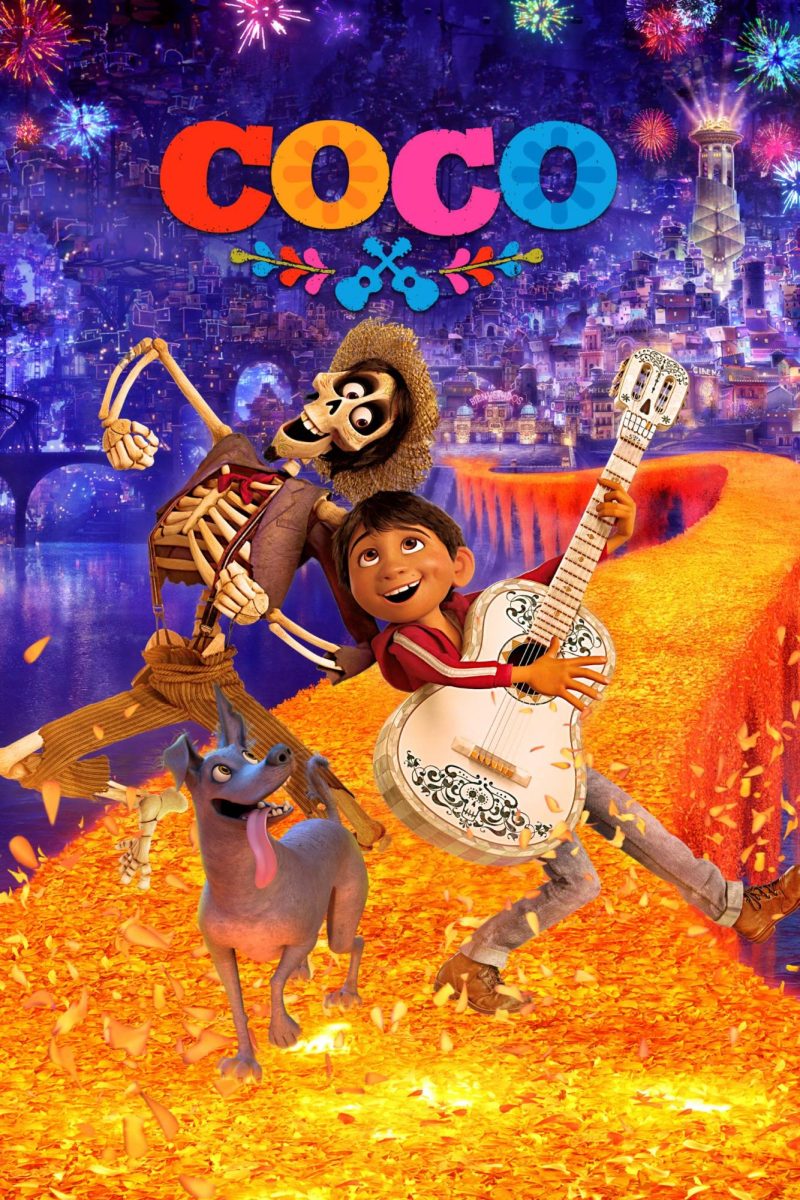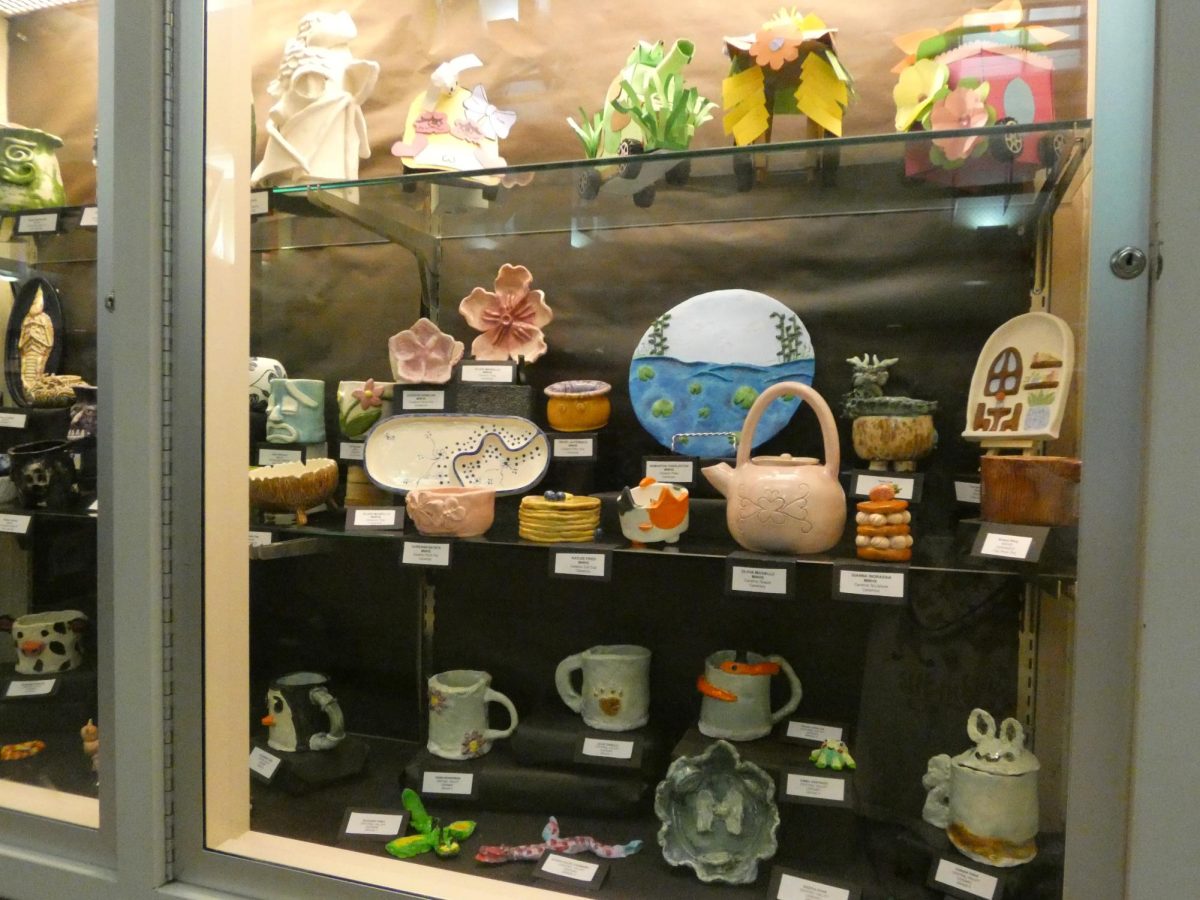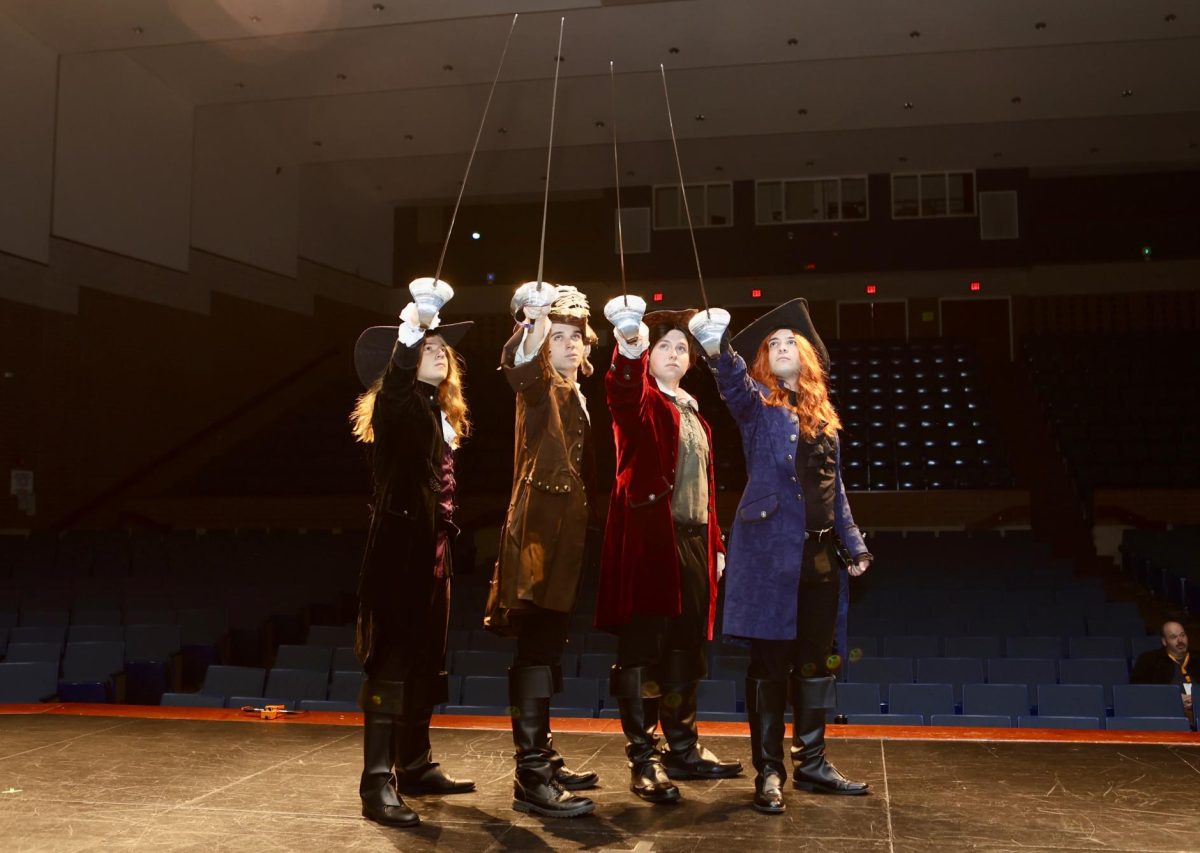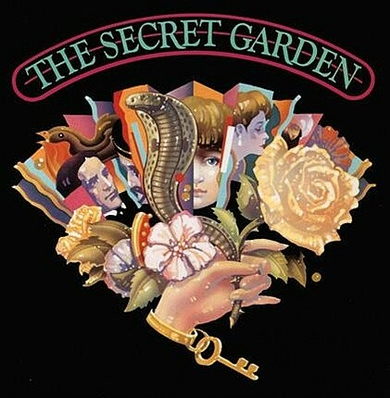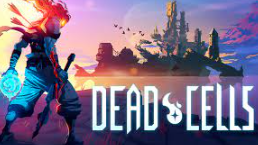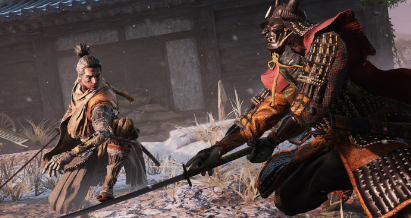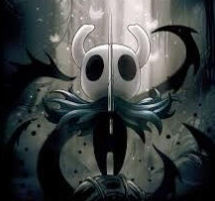Five Science Research Students Win Awards at Science and Engineering Fair
From left to right : Isabella Rogozinski, Ashok Sathiyamoorthy, Audrey Whitfield, Emily Taveras, Anthony Kaminskiy
May 3, 2023
Five science research students won awards on March 18 at the Greater Capital Region Science and Engineering Fair (GCRSEF) at Rensselaer Polytechnic Institute. Students presented their original research to various panels of judges during the full-day event.
I was a recipient of one of the awards. I won the Eleanor Miller Reed Science Research Award. My research studies biomarkers of ACL injury and recovery in cadets attending the United States Military Academy at West Point. I became interested in this research because ACL injury in military members is estimated to be 10 times that of the civilian population. These injuries are associated with prematurely ending careers and decreasing mission readiness. These biomarkers, often genes associated with inflammation, may be correlated to the development of Osteoarthritis. In my study, my mentor, Dr. Kevin O’Donovan, and I successfully quantified Complimentary DNA samples from anonymous United States Military Academy cadets to compare gene expression in the control and injured patients at similar time points.
Emily Taveras was another award recipient. She won both the Stockholm Junior Water Prize and the U.S. Metric Association Award. The title of Taveras’s research is “Evaluating Moringa oleifera in an f-sand Filter Along with Solar Disinfection for Drinking Water and its Adaptability in the Point-of-Use Setting”. Taveras made a drinking water filter. Taveras tested the filter with water from the Hudson River and she was able to treat it so that it could be safe for consumption.
The third award winner was Isabella Rogozinski. Rogozinski won the American Psychological Association and Teacher of Psychology in Secondary Schools Award. Rogozinski studied the rates of anxiety experienced in common everyday scenarios in Alzheimer’s disease and Canine Cognitive Dysfunction. Her study focused on identifying scenarios that caused frequent and severe anxiety in both patient populations.
Ashok Sathiyamoorthy won the Office of Naval Research Naval Science Award. He studied Cohort Intelligence. “It is a swarm algorithm,” said Sathiyamoorthy. “which means that it has multiple entities [robots] in it that act collectively like a flock of sparrows in flight, or ants carrying food in lines.” Sathiyamoorthy researched “modified cohort intelligence to automatically select the value for number of candidates based on the test it had to solve.”
All of our research is vastly different. The reason for this is that the scientific research elective allows students to research anything they want, as long as they can get a mentor in a similar field. All the students have different reasons for studying what they did.
For me, I had a hard time finding a mentor conducting research in the field I originally wanted to study. I wanted to study how mitochondrial DNA mutations may serve as biomarkers for Breast Cancer development. Unfortunately, due to COVID, I could not find a mentor. I knew I wanted to do some type of research regarding biomarkers and I wanted to get hands-on experience in a laboratory setting. Therefore, I reached out to professors conducting research at West Point, and Dr. Kevin O’Donovan was happy to help.
Taveras said, “I came up with this idea after deciding that I wanted to research clean water as it is a very important issue that I’m interested in. I began researching drinking water and the drinking water treatment process, specifically in areas that may not have access to clean drinking water, as well as natural methods to treat water that wouldn’t have any adverse health effects on the user, and finally landed on my idea.”
Rogozinski’s research is personal to her since she has lost someone to Alzheimer’s.
Sathiyamoorthy became involved in his topic from a young age.
“I have been heavily involved in FIRST robotics since middle school, and that started my interest in robotics and computer science,” said Sathiyamoorthy. He learned about swarm robotics. “I was left with a desire to not just use swarm techniques, I wanted to improve them.”
The other award winners and I all plan to continue researching in our fields in the future.
The GCRSEF was a unique experience, and this was the first time I had participated in a judged competition.
We left the high school at 5 a.m. to head to Albany. Once we were there, we set up our posters in our assigned rooms. We had a short briefing before the judging began. Judges walked around for two and a half hours in the morning and then we stopped for lunch. Then there was another two-hour judging block, before a one-hour public viewing window.
“The GCRSEF experience was interesting,” said Rogozinski. “But it was great being able to talk with students from different research programs and see what they researched.”
I agree with her. It was a fun experience and it prepared me well for the future in college.
“Speaking to the judges gave me an opportunity to get feedback from professionals in various areas of industry,” said Sathiyamoorthy. Judges were from all fields and various locations throughout New York, so there were plenty of opinions and recommendations to go around.
The SUNY Albany Science Research course is one I would highly recommend. It allows you to spend time learning about something that interests you, but it also prepares you well for college. It looks extremely good on college applications and it can even help you get into a research lab as a freshman or sophomore undergraduate, which are often only available for upperclassmen.
“The great part about this course is that you can research anything you want into as much depth as you can and apply it [to] your future endeavors,” said Taveras. “Anyone that wants to get experience doing proper scientific research in an instructional and innovative environment should definitely take this course.”
“This class opens so many doors,” said Rogozinski.
Note: Anthony Kaminskiy won the USAID award; however, he did not want to be interviewed for this article.

